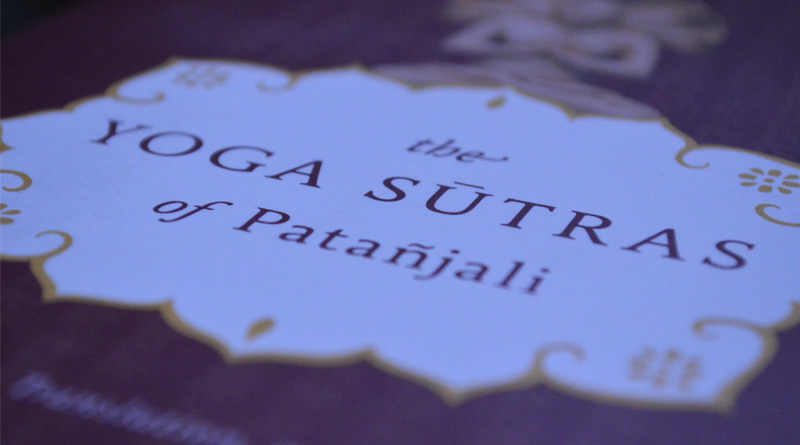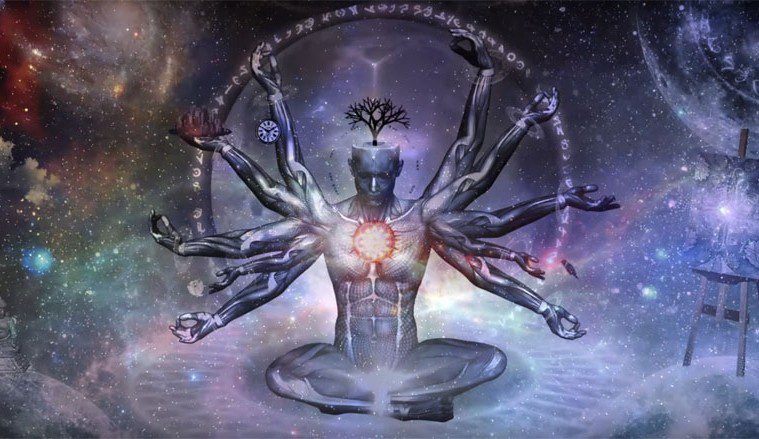
India is a land of sages, yoga, and Ayurveda. The sheer significance of ‘YOGA’ or Yoga Sutra as the art of living that one must possess, knows no bounds. In fact, talking about Yoga, the one specific element where the entire sutra converges is Maharishi Patanjali-the sage behind the much known Yoga Sutra.
Legend says, that Maharishi Patanjali was an avatar of Shesha Naga or Adi Shesha, the serpent on whom Lord Vishnu rests. Furthermore, he is the creator and compiler of the ancient Indian Ayurveda.
The Legend of Maharishi Patanjali, The Father of Yoga
Maharishi Patanjali’s life is a portrayal full of mystic legends. But however, the proven records of how he was born do not exist or have not been yet discovered. Legend says that while Lord Vishnu was watching the dance by Lord Shiva, Adi Shesha suddenly found it difficult to support Lord Vishnu’s weight. Consequently, surprised by this, Adi Shesha asked Lord Vishnu the reason behind this sudden instance. Therefore, in reply to this, Lord Vishnu explained to him the harmony of a person’s energy state, mental peace, and everything that takes place within one’s mind and body, owing to the practice of Yog or Yoga.
Further, to make humankind aware of this scrupulous art, Adi Shesha realized the significance of Yoga and was born in the mortal form of Rishi Patanjali.
Hence, Maharishi Patanjali decided to compile the 195 sutras of Yoga, which form the framework of modern yoga. Furthermore, if it is integrated into one’s life, forms a basis of the best of mental, physical, and spiritual well-being. However, the exact date of the birth of this Yoga Sutra is not known, but history says it has existed since 200 BC. The core of this sutra lies in paving a way for better well-being through yoga’s inculcation. Also, Maharishi Patanjali is the reputed author of Rishi Panini’s Sanskrit grammar texts, also known as Ashtadhyayi, or Mahabhasya.
The Yoga Sutra

Yoga Sutra is a major work of practice and philosophies regarding Raja Yoga. This involves the circle of inner contemplation, meditation practice, ethics, metaphysics, and devotion to the one common soul, or ‘Atma’.
The yoga sutra consists of four significant chapters. Hence, each one deliberates the aims and practice of yoga, the development of yogic powers, and finally, liberation. The Yoga Sutras warn you of the drawbacks on your spiritual journey and further, offer the resources to overcome them.
Know More about the essence of Yoga Sutras-the modern day guide to spiritual well-being
Patanjali’s 8 Limbs of Yoga

1. The YAMAS (how to act towards others): Yamas lay down the code of conduct or the qualities that one must possess in order to be a part of the society. They are:
- Ahimsa or non-violence
- Satya or truthfulness
- Asteya or injunction against stealing something that does not belong to you
- Brahmacharya or celibacy
- Aparigraha or freedom from jealousy, envy, or greed
2. The NIYAMAS (practices for self-improvement): Niyamas are the qualities that one must possess in order to improve one’s own self. They are:
- Saucha or purification
- Santosa or satisfaction/contemplation
- Tapas or self-discipline
- Svadhyaya or self-study
- Ishvara Pranidhana or dedication towards one’s God/master
3. The ASANAS (body alignment): the meaning of ‘asana’ might be the posture or body alignment, but according to ancient scriptures, asana simply means a comfortable place to be seated to engage in the practices of meditation, pranayama, and dhyana.
4. The PRANAYAMA (to focus and calming of the mind through breath control): regulation of inhalations, exhalations, and retaining one’s breath in a cyclic manner.
5. The PRATYAHARA (to isolate from distractions): a form of mindfulness in which any sensations, sounds, smells, or sights are regarded as ‘external’, and one allows oneself to let them pass without affecting oneself.
6. The DHARANA (concentration): the first stage of the inner journey and freedom from all forms of suffering.
7. The DHYANA (meditation and focus): focusing on a single object of meditation free from all distractions.
8. The SAMADHI (union with the divine): the achievement of dhyana, and to merge with the object of meditation, the final stage of dhyana.

Likewise, there is actually a further step in attaining freedom from all forms of sorrow and suffering in Patanjali that is much lesser-known. This state is the nirbija-samadhi or seedless contemplation. In this, the ‘seeds’ are thoughts that cause other thoughts. David Gordon White an American Indologist explains that the goal of Patanjali’s yoga sutra is actually the absolute separation of the human spirit from the matters of the world. Furthermore, the spirit has the ability to expand infinitely and is capable of what we call supernatural acts.
All Images belong to their respective owners.
Also, Do check The Most Neglected Fact About WW2

